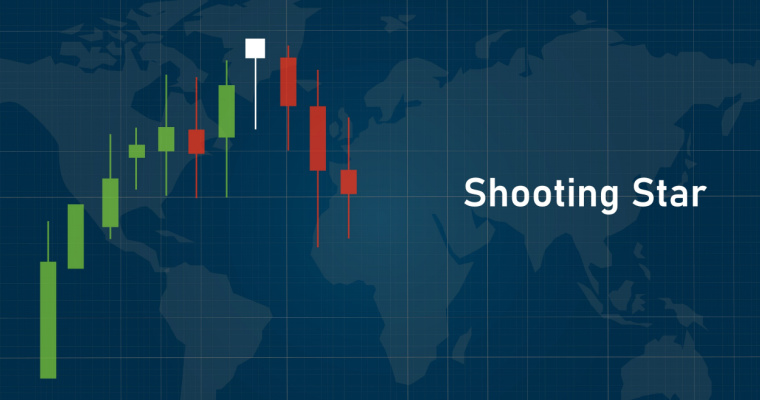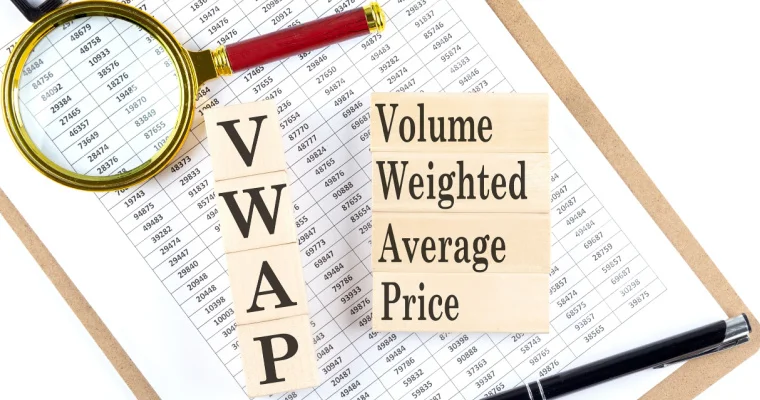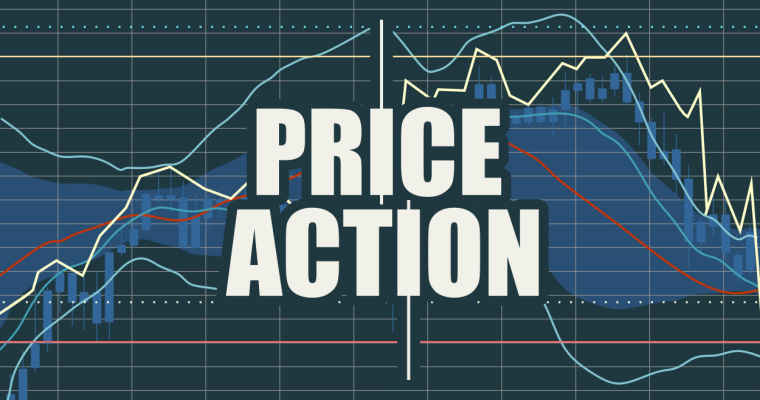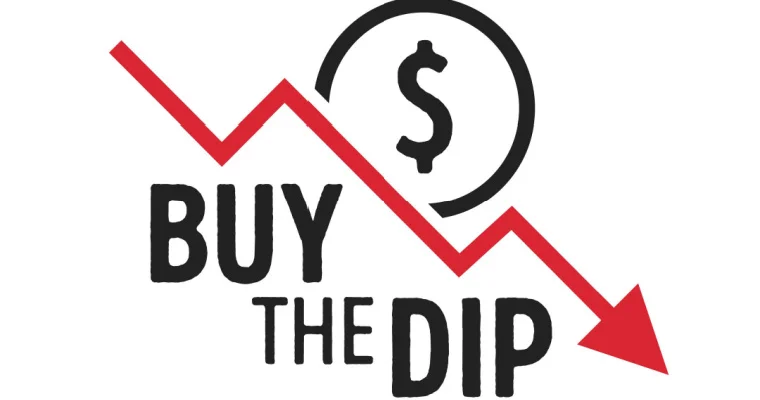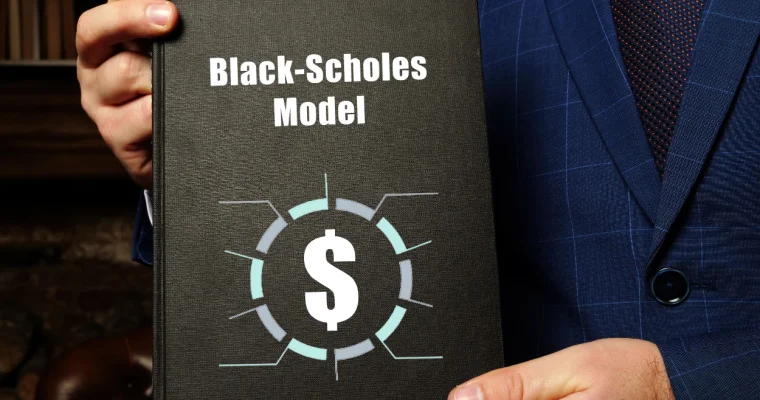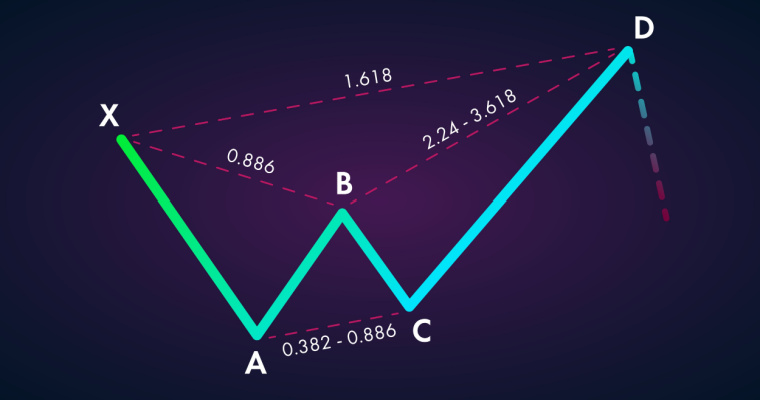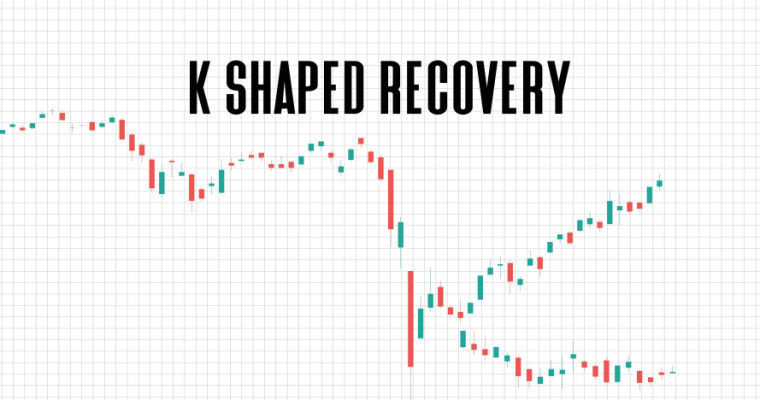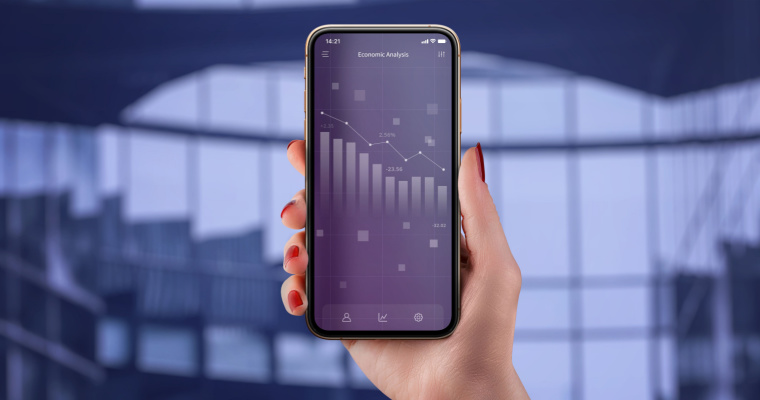What Is Futures and Options Trading And How To Invest In Them?
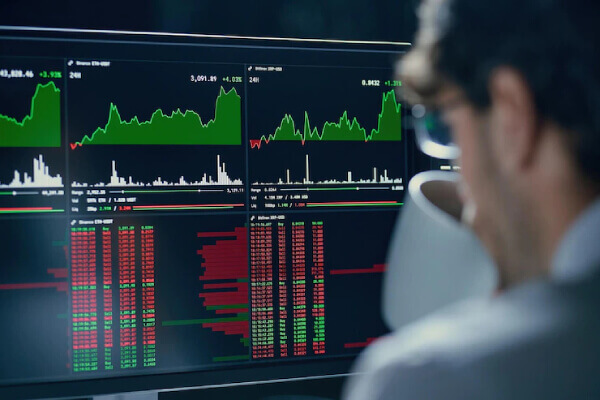
Futures and options (F&O) are types of financial contracts. Investors with ample experience in the financial markets can use them to earn huge profits. Having an in-depth understanding of futures and options trading will help you make the right investment decisions.
Read on to know more about the types of futures and options trading, their importance and how you can trade in F&O.
What is Futures and Options Trading?
Futures and options are both stock derivative products. Derivatives are financial instruments that allow you to take a position on the future price of assets like stocks, indices, commodities or ETFs (Exchange-traded funds). In other words, these are contracts for trading assets at a predetermined price on a specific date.
Futures are a type of contract that stipulates that a trader buys/sells a specific quantity of a security at a certain price and time. These derivatives help in hedging against losses from price fluctuations. Futures contracts are available for not only stocks but also gold, currencies, commodities and ETFs (Exchange-Traded Funds).
Options contracts give a buyer or seller the right but not an obligation to buy/sell an asset at a specific price on a specific date. Thus, a trader can choose to buy/sell a security if he/she expects a profit from the trade.
Types of Futures and Options
There are several types of futures contracts:
- Financial futures like stock futures, index futures, interest rate futures, etc.
- Physical future contracts like energy futures, metal futures and commodity futures
On the other hand, there are primarily two types of options contracts:
- Put options: Gives the buyer/holder the right to buy a certain quantity of securities at a certain price.
- Call options: Allows the holder to sell a certain quantity of securities at a certain time and price.
Also Read: IDCW Plans in Mutual Funds And Their Impact On Your Investments
Importance of Futures and Options Trading
If there is one thing certain about the markets, it is that the prices keep changing all the time. Those dealing with the stock or commodity markets need to protect their trades against sudden price changes. They can use futures and options for trading to minimise losses by locking in their desired price.
Futures contracts are essential for escaping the effects of price fluctuations. By locking in the transaction price for a future date, you can generate relative gains if the prices move adversely. For example, traders in a country importing oil often buy oil futures to insulate their investments against surges in oil prices.
However, you can incur considerable losses from your hedging positions if the markets are favourable. Options contracts prevent such losses as you can pull out of the deal when faced with favourable price swings. Hence, buyers face fewer risks with options contracts while sellers face unlimited risks.
Differences Between Futures and Options Trading
Here are some of the important differences between futures and options:
- In futures contracts, the holder has an obligation to buy or sell an asset. In contrast, options contracts do not place any obligation on the holder.
- Futures contracts require you to place a margin to the broker, while options contracts require you to pay a premium.
- You can choose to opt out of an options contract which futures contracts do not allow.
How to Invest in Futures and Options?
You can trade both futures and options of different securities in their respective markets. For example, you can buy and sell F&Os of stocks on stock exchanges, commodity F&Os in the commodities market, and so on.
You will need a Demat account and a trading account to invest in futures and options. You can buy/sell stock F&Os on the NSE and the BSE. To trade with commodity F&Os, you need to use the commodity exchanges.
Let’s understand futures trading with an example. Suppose you have bought a futures contract to buy 1,000 shares of a company at Rs. 20 each on a specific date. Unfortunately, if the price of these shares falls to Rs. 10 per share on that specific date, you have to buy the shares at Rs. 20 each, with a total loss of Rs. 10,000.
With options trading, you can choose not to execute trades if it results in losses. Your only losses would be the premium amount paid to buy the contract. The premium amount is what traders need to pay to take a position in options contracts.
What Are the Uses of Futures and Options Contracts in Trading?
F&O trading involves buying or selling a security at a pre-decided price. If prices rise, a trader makes a profit if he/she has a ‘buy’ position. On the other hand, he/she will make a profit if he/she has a ‘sell’ position and the prices decrease.
This enables traders to generate quick returns from futures and options trading. By making an educated guess about the direction of the markets, F&O traders can reap substantial profits.
Additionally, individuals can also use futures and options to reduce their future risk by hedging their bets. However, they need to be well versed in the markets to make such trades.
Who Should Invest in Futures and Options?
While futures and options trading carries the potential of generating substantial profits, it also poses considerable risk. It is not meant for everybody, and only the following market participants are advised to invest in it:
- Hedgers: The main aim of these traders is to insulate their assets against price volatility. By hedging their bets, they can purchase/sell at a fixed price and get returns.
- Arbitrageurs: These traders try to make profits from opportunities of price differences of various assets. They can use futures and options trading to capitalise on imperfect market conditions and make a quick buck.
- Speculators: Unlike hedgers who look for a fixed price, speculators are looking to bet against the odds for the long term. They study the market and news events to predict the direction of market movement and benefit from it.
Also Read: How To Calculate Your Investment Returns With Mutual Fund Returns Calculator
Factors to Consider Before Entering into Futures and Options Trading
Here are some of the important factors you should consider when trading futures and options:
- For futures contracts, assets are usually heavily leveraged. While this can result in huge profits, losses can also get multiplied if the market prices become unfavourable.
- While an options contract carries fewer risks, it also has fewer chances of making money. You may have to end up deferring trade and losing the premium value.
- Many experienced traders use stop-losses or take profits to limit losses and mitigate risk.
- Consider keeping an eye on brokerage fees, statutory charges, stamp duty, STT and other taxes when engaging in futures and options trading.
- Always be careful of the risk levels associated with F&O trading.
Final Word
Futures and Options trading is essential for traders in the commodities market. When used with proper understanding, it allows the trader to slowly increase his/her gains and protect the investments against a volatile market. Make sure to do careful research and assess your risk appetite before opting for F&O trading.
If you are ready to invest, visit Navi Mutual Fund or download the Navi app to get started now!
FAQs on Futures and Options Trading
Ans: This is the price that the trader agrees upon to buy or sell an options contract. The contract also has a predetermined expiry date by which the holder must exercise its terms.
Ans: You can invest in commodity derivatives on commodity exchanges like the Multi Commodity Exchange (MCX) or the National Commodity and Derivatives Exchange Limited (NCDEX). Derivatives are common in these markets due to their high volatility.
Ans: As futures are heavily leveraged products, they present huge risks for the contract holder. A higher margin magnifies both the profits and losses incurred on trades. Moreover, with futures contracts, you do not have the option to back down.
Ans: The following are some of the key details of an F&O contract:
Trade venue
Quantity of assets
The fixed price for trading
The date for carrying out the trade
Type of asset covered by the contract
Ans: A stop-loss sets up the maximum loss that trade can undertake. Experienced traders make sure to put this limit on all their trades to protect their capital.
Disclaimer
This article is solely for educational purposes. Navi doesn't take any responsibility for the information or claims made in the blog.

Customer’s Feedback
No comments found.Illiquid Stocks Guide: Definition, Examples, and its Working
Illiquid stocks are part of a long-term investment strategy that is appropriate for investors who a... Read More »What is Shooting Star Candlestick Pattern in Trading?
The shooting star candlestick pattern is considered to be a bearish reversal candlestick ... Read More »What is VWAP Indicator and How to Use it for Trading
The VWAP indicator shows the volume-weighted average market price of a particular stock. You can us... Read More »What is Price Action Trading: Its Strategy, Stop Loss and Profit Targets
Price action trading is a methodology in which the trader solely relies on analysing a security’s... Read More »What is Buy the Dip Strategy in Trading – Working and Example
‘Buy the dip’ is one of the most common phrases in the stock market. It is sort of a go-t... Read More »What is the Black Scholes Model – Formula, Calculation and Assumptions
Among the important concepts in modern financial theory, the Black Scholes model, developed in 1973... Read More »What is Iron Condor and What are its Strategies?
Iron Condor is an options trading strategy that involves four options with the same expiration date... Read More »What is Harmonic Pattern and How Does it Help in Trading?
Harmonic patterns are one of the most efficient and effective trading patterns. Although they are m... Read More »What is a Contract Note and Why is it Important?
Contract note is a legal document containing the details of every stockbroker's trade on a stock ex... Read More »What is K-shaped Recovery: Indication, Example and
Economies go through multiple phases in business cycles. One such phase is a recession which is mar... Read More »Guide to Book Building – Its Types, Benefits and Process
Initial public offerings (IPOs) are priced as specified by their underwriters. The process by which... Read More »Support and Resistance in Trading: Working, Strategies, Uses and Example
Support and resistance are two of the most significant and practical concepts in technical analysis... Read More »Top 10 Chit Fund Schemes in India in 2023
Chit funds are one of the most popular return-generating saving schemes in India. It is a financial... Read More »10 Best Gold ETFs in India to Invest in April 2023
Gold ETFs or Gold Exchange Traded Funds are passively managed funds that track the price of physica... Read More »10 Best Demat Accounts in India for Beginners in 2023
Creation of Demat accounts revolutionised the way trades were conducted at the stock exchanges. It... Read More »20 Best Index Funds to Invest in India in April 2023
What is an Index Fund? An index fund is a type of mutual fund or exchange-traded fund (ETF) that... Read More »Best Arbitrage Mutual Funds to Invest in India in April 2023
Arbitrage funds are hybrid mutual fund schemes that aim to make low-risk profits by buying and sell... Read More »10 Best SIP Plans in India to Invest in April 2023
What is SIP? SIP or Systematic Investment Plan is a method of investing a fixed amount in ... Read More »10 Best Corporate Bond Funds in India to Invest in April 2023
Corporate bond funds are debt funds that invest at least 80% of the investment corpus in companies ... Read More »10 Best Bank for Savings Account in India [Highest Interest Rate 2023]
Savings account is a type of financial instrument offered by several banks. It lets you safely depo... Read More »











